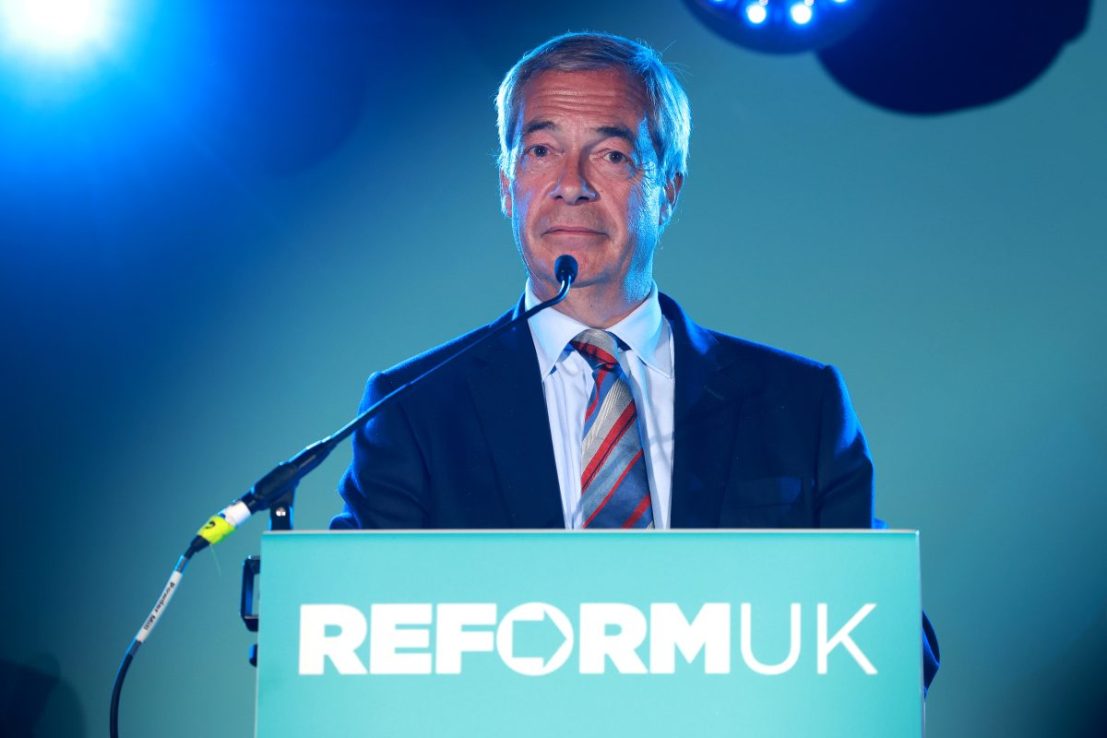‘Trump Admin Axed the Whole Team: “Nobody Left” Program Loses Its Staff’
The Trump Administration’s decision to terminate the entire staff managing the Low Income Home Energy Assistance Program (LIHEAP) has raised significant concerns about the future of the program. LIHEAP, administered by the U.S. Department of Health and Human Services (HHS), assists low-income households with heating and cooling costs. The program has received an allocation of $4.1 billion for the current fiscal year, with approximately $378 million still pending distribution.
The significant layoffs are a component of an extensive restructuring implemented by Secretary of Health Robert F. Kennedy Jr., aimed at decreasing HHS staffing levels from 82,000 to 62,000 workers. Supporters have voiced worries that insufficient personnel might result in unused funds, potentially threatening support for around 6.2 million families.
Mark Wolfe, Executive Director of the National Energy Assistance Directors Association, emphasized that the absence of personnel undermines the program’s effectiveness. The program has relied on federal grants to help families cover utility bills and avoid disconnection.
Wolfe stated, “In the absence of staff, how will the remaining funds be allocated? I’m concerned that they might claim we have this financial support, yet there’s no one available to manage it, which means we won’t be able to distribute it.”
The situation affects various states, including Florida, where local LIHEAP providers have stopped accepting applications for emergency utility assistance. Many low-income customers are left without crucial support.
Puget Sound indicated, “The federal assistance program, LIHEAP, is being affected due to recent staff cutbacks. Currently, we do not have further details regarding what implications these changes may bring for our clients. We advise all customers who require financial assistance with their bills to contact us directly. It should be noted that PSE’s support initiatives (such as HELP and reduced billing rates) remain unaffected since they are financed via PSE charges. These services serve as an initial resource for obtaining aid; therefore, those needing help must keep reaching out.”
While some utilities claim they will continue assisting customers through alternative programs, the lack of official comments from key stakeholders has raised concerns about the implications of staffing changes.
Consumers Energy said, “Consumers Energy will continue to advocate for the continuation and full funding of this program.”
Customers and supporters have demanded prompt measures to safeguard LIHEAP’s functions and guarantee proper allocation of funds.
American Electric Power commented, “We at AEP consider LIHEAP as a crucial support system for numerous our clients. In the previous year, we collaborated with community action organizations and our consumers to facilitate approximately 380,000 LIHEAP transactions. Every single transaction assisted someone in maintaining their electrical services. We remain committed to collaborating closely with the entities overseeing LIHEAP initiatives within our regions to address any processing challenges and provide assistance wherever possible. Recently, AEP representatives also engaged with congressional figures to underscore the significance of LIHEAP for our clientele and will persistently highlight how this program significantly aids individuals who require such help.”
Consumers Energy stated, “The LIHEAP funds are essential as they assist low-income households in managing their energy expenses and have effectively served as a safety net for those at risk of falling into poverty. This initiative offers vital support to almost six million of the country’s poorest consumers, with more than 400,000 being residents of Michigan. We at Consumers Energy remain committed to supporting the ongoing existence and complete financing of this program.”
Emily Prescott covers U.S. politics & news for content partner Modern Newsstand LLC.




